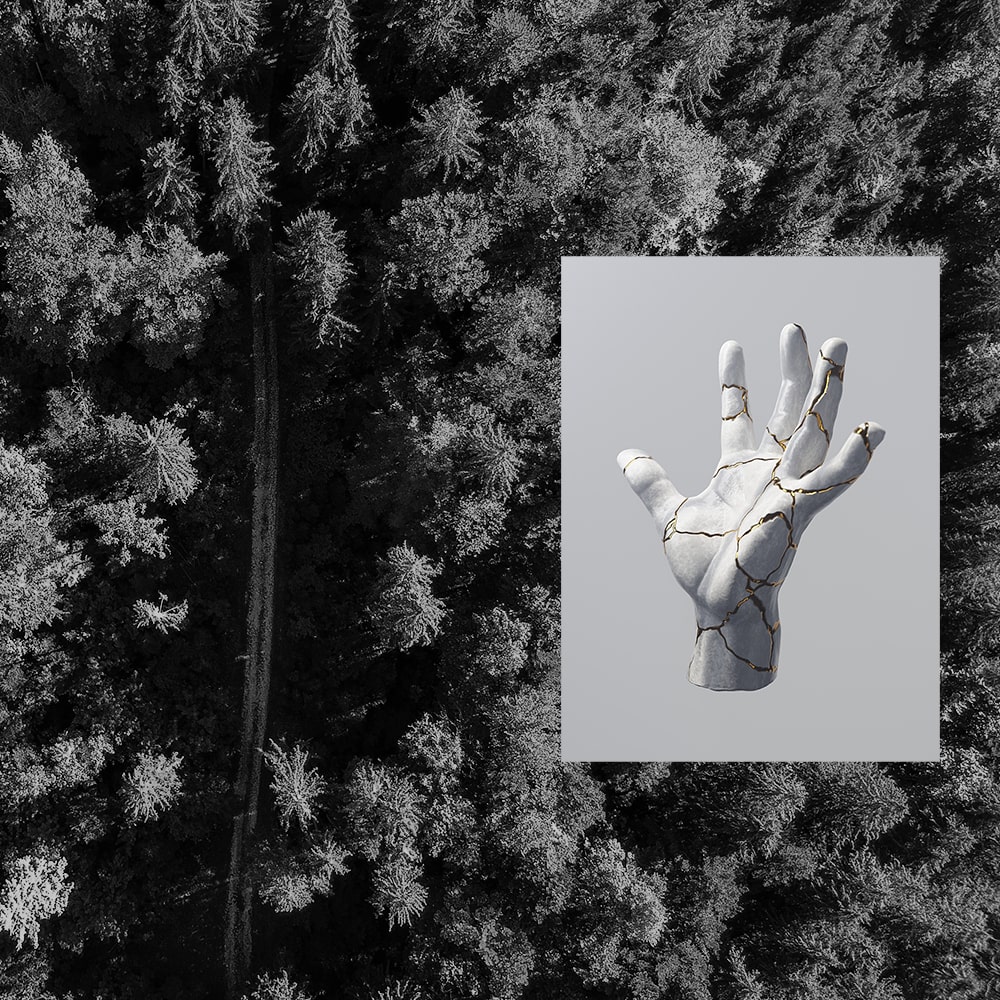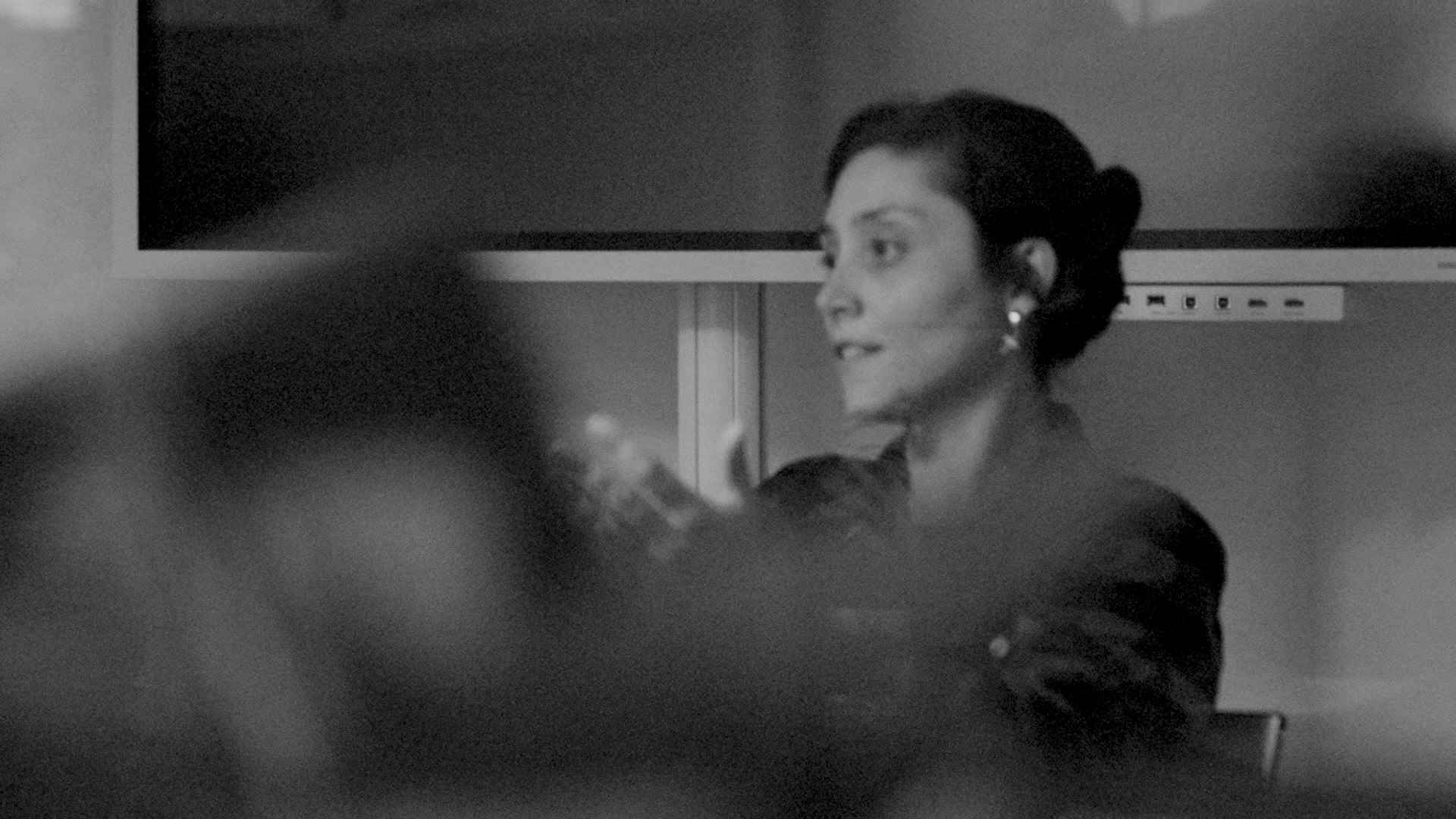How to foster a design culture and shape talents from scratch?


In short, my job was to understand what the company needed from its design team and how to bring the current team there.

Because of its essence, a digital design team has so many touchpoints with different areas, that it was easy to get lost along the way. Understanding and balancing skills were really necessary: designers who can code, designers with strategical mindsets, and so on. Selling to the stakeholders the value a quality design can bring, and its requirements such as more time for tasks, more collaboration and investment in training was also an important part of the process.
Another challenging point was how to foster a creative and collaborative environment, where we could cultivate the best of what each person had to offer in a fast-paced environment.
Understanding how different people learn and at what pace was key to achieving success here. Some people learned better in one-to-one meetings, some required a checklist, and others liked group feedback. Adjusting the method for each person was an interesting learning.
Moreover, providing a structure for the design team to shine did not stop at training. I organized career paths with progress milestones, alongside defining team goals and setting the skills to be looked for in future hires. I implemented feedback meetings that worked both ways, not only from company to employee but also from employee to company
Templates that could improve our daily work, save time, provide quick onboarding for new team members, and improve the development hand-offs were also another set of tasks that we were able to complete.